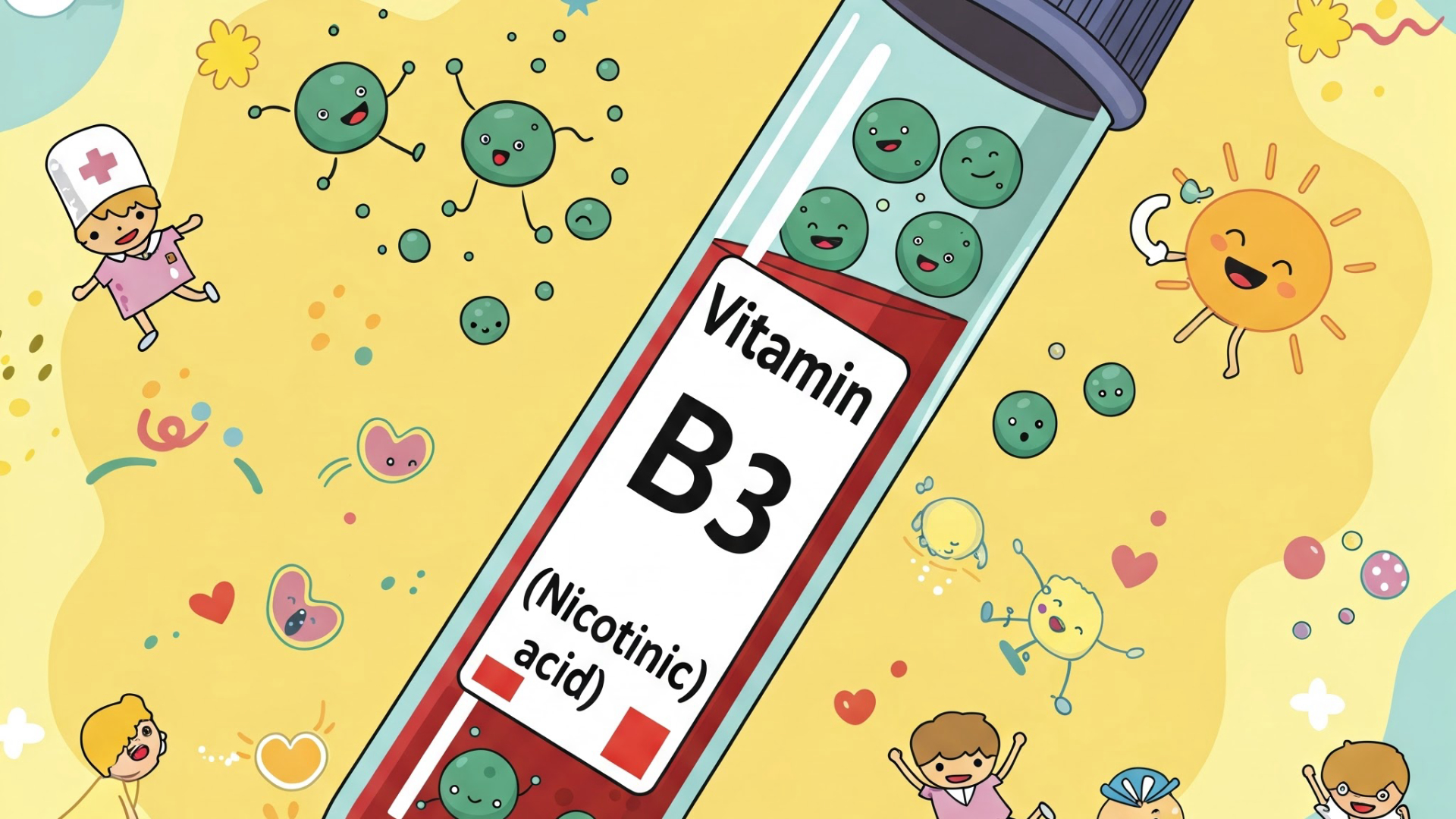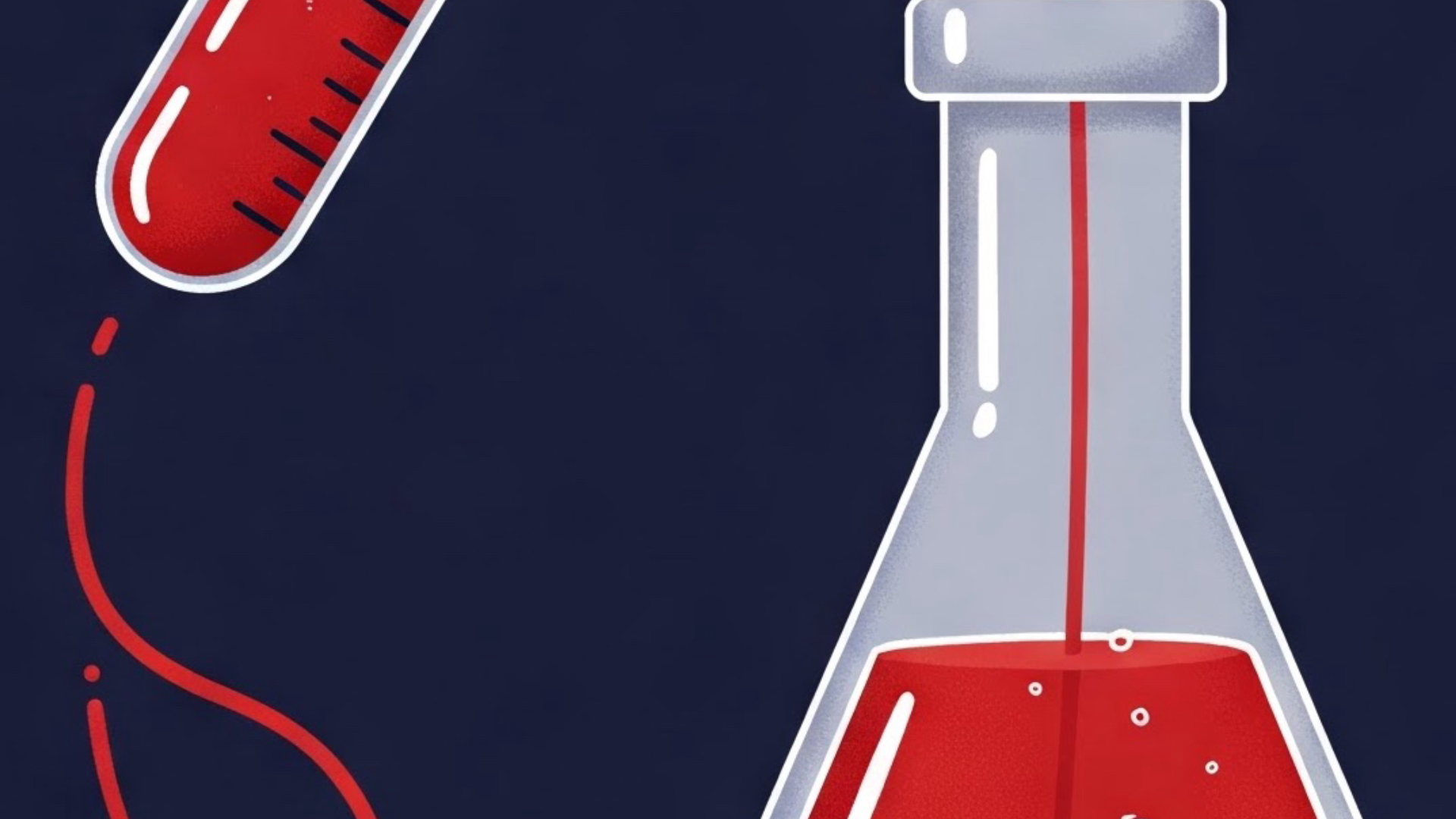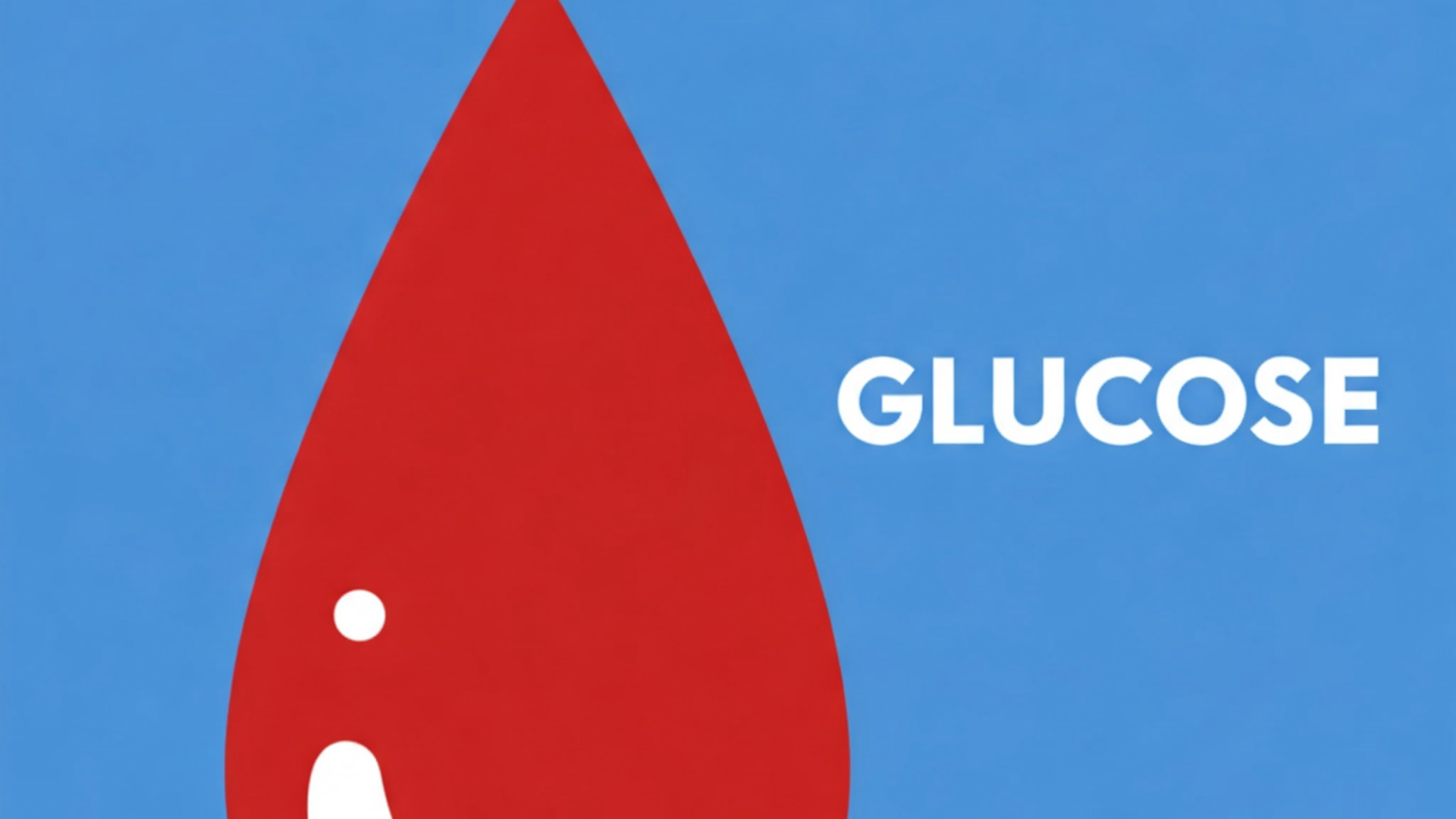What Is Niacin, What Are Its Functions, What Happens in Deficiency, and How Is It Treated?
Published on 03/04/2025 · 8 min readNiacin, also known as vitamin B3, nicotinic acid, or nicotinamide, is an essential water-soluble vitamin with a fascinating dual role in the human body. At lower doses, it acts as a crucial vitamin, while at higher doses, it exhibits properties that make it an effective treatment for hyperlipidemia (high cholesterol).
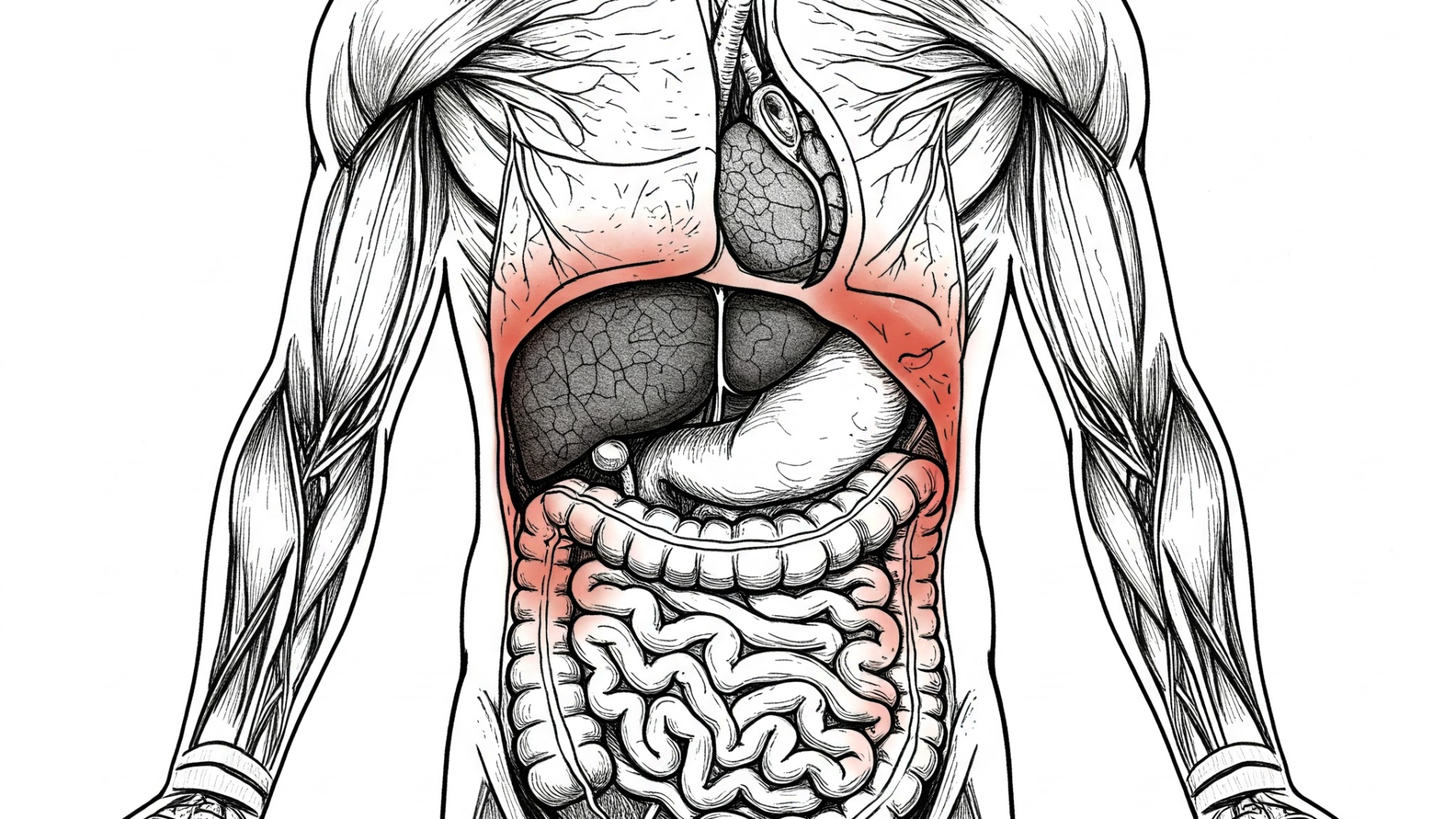
Table of Contents
Understanding Niacin's RolePellagra: The Consequences of Niacin DeficiencyCauses of Niacin DeficiencySymptoms Beyond the Classic TriadNiacin as a Treatment for HyperlipidemiaDiagnosis and Treatment of Niacin Deficiency
Understanding Niacin's Role
As a vitamin, niacin serves as a vital cofactor for numerous enzymes involved in metabolism. These enzymes, known as oxidoreductases, rely on the coenzymes NAD (nicotinamide adenine dinucleotide) and NADP (nicotinamide adenine dinucleotide phosphate), which are derived from niacin. These coenzymes play critical roles in energy production through processes like glycolysis, the TCA cycle (Krebs cycle), and the electron transport chain.
Interestingly, our bodies can also synthesize niacin from the amino acid tryptophan. However, this conversion can be problematic in individuals with certain conditions like carcinoid syndrome or in those with deficiencies in vitamin B6.
Pellagra: The Consequences of Niacin Deficiency
A deficiency in vitamin B3 leads to a condition called pellagra, historically known as the "disease of the three Ds":
- Diarrhea: Digestive issues are a common manifestation due to the high metabolic activity of the intestinal lining.
- Dermatitis: A characteristic photosensitive rash develops on areas of the skin exposed to sunlight. This rash is often hyperpigmented and symmetrical. Interestingly, the location of the rash can even hint at which side of the vehicle someone typically sits in while driving in sunny conditions.
- Dementia: Neurological symptoms, including cognitive decline, can occur due to the brain's high metabolic demands.
In severe and untreated cases, a fourth "D," death, can unfortunately occur.
Causes of Niacin Deficiency
Pellagra can arise from:
- Primary Deficiency: Insufficient dietary intake of niacin and/or tryptophan. This is particularly prevalent in populations with a strict corn-based diet, as corn is low in both niacin and tryptophan. Malnutrition, poverty, alcoholism, and anorexia nervosa are also risk factors.
- Secondary Deficiency: Adequate intake but impaired absorption or increased utilization of niacin or tryptophan. This can be seen in conditions like malabsorption syndromes, carcinoid syndrome (due to increased tryptophan conversion to serotonin), Hartnup disease (impaired tryptophan absorption), certain medications like isoniazid (INH which can interfere with vitamin B6), bariatric surgery, and dialysis.
Symptoms Beyond the Classic Triad
Besides the three Ds, other symptoms of niacin deficiency can include glossitis (a red tongue).
Niacin as a Treatment for Hyperlipidemia
At higher doses, niacin has been shown to have beneficial effects on cholesterol levels, including lowering LDL cholesterol and triglycerides, and raising HDL cholesterol.
A common side effect of high-dose niacin is flushing (redness and warmth of the skin). This can often be mitigated by taking aspirin (325 mg) about 30 minutes before niacin administration.
However, high-dose niacin can also have other side effects, including hyperglycemia (high blood sugar) and hyperuricemia (high uric acid levels), which need to be monitored by a healthcare professional.
Diagnosis and Treatment of Niacin Deficiency
Diagnosis typically involves a thorough medical history (looking for risk factors like poor diet or alcoholism) and physical examination (observing for the characteristic dermatitis). Laboratory tests, such as measuring urinary levels of N-methylnicotinamide and the RBC NAD/NADP ratio, can also be helpful.
Treatment for niacin deficiency involves supplementing with niacin and addressing the underlying cause of the deficiency. For example, nutritional guidance may be necessary for those with poor diets, and management of underlying medical conditions is crucial.
Shop related blood tests
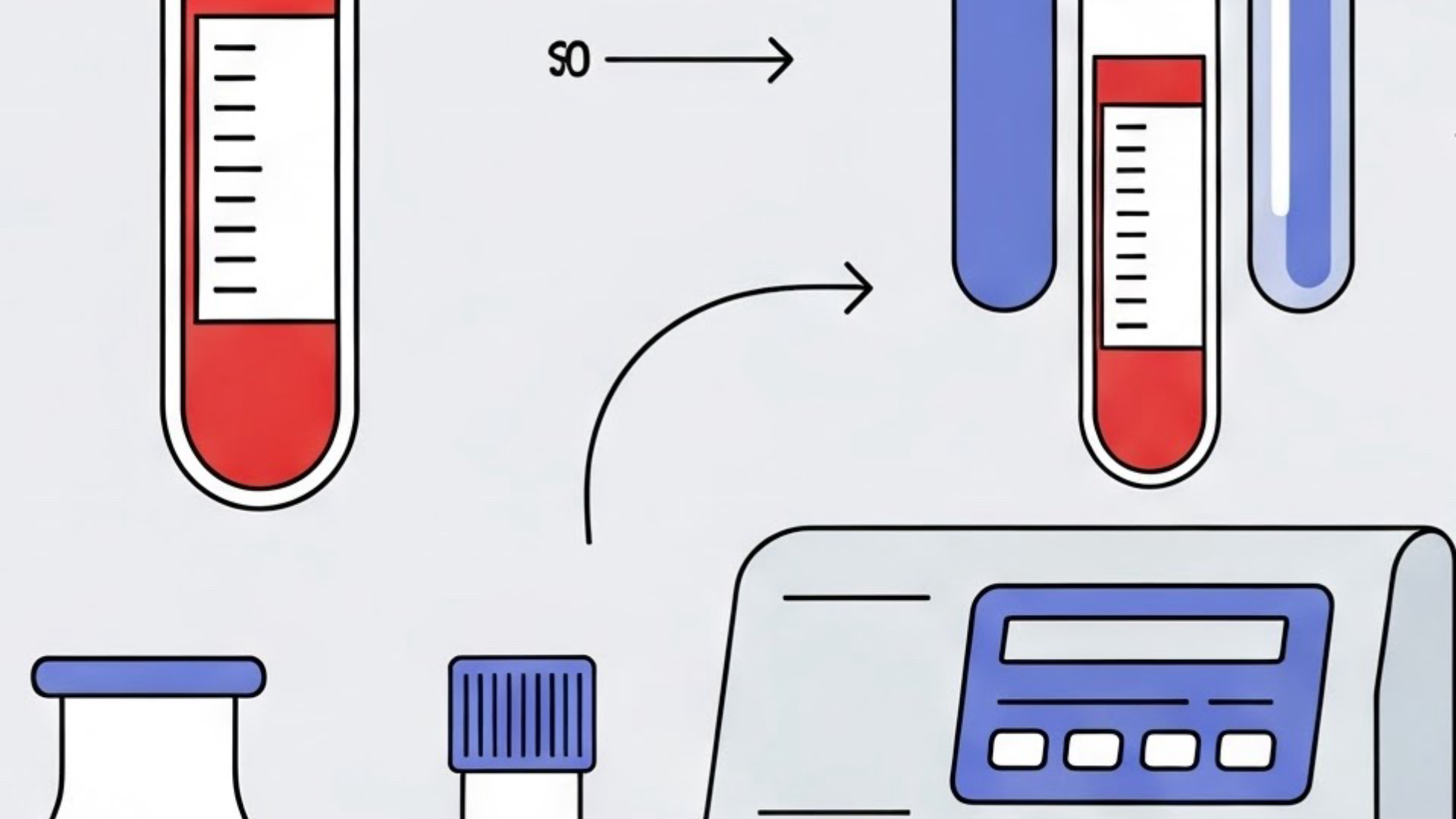
Comprehensive Metabolic Panel (CMP)
This panel includes several tests that can be affected by niacin deficiency or high-dose niacin treatment. For example, it measures liver enzymes (AST, ALT, Alkaline Phosphatase), which can be elevated in some conditions related to niacin deficiency or with high-dose niacin. It also includes glucose and uric acid levels, which can be affected by high-dose niacin used for hyperlipidemia.
Read next
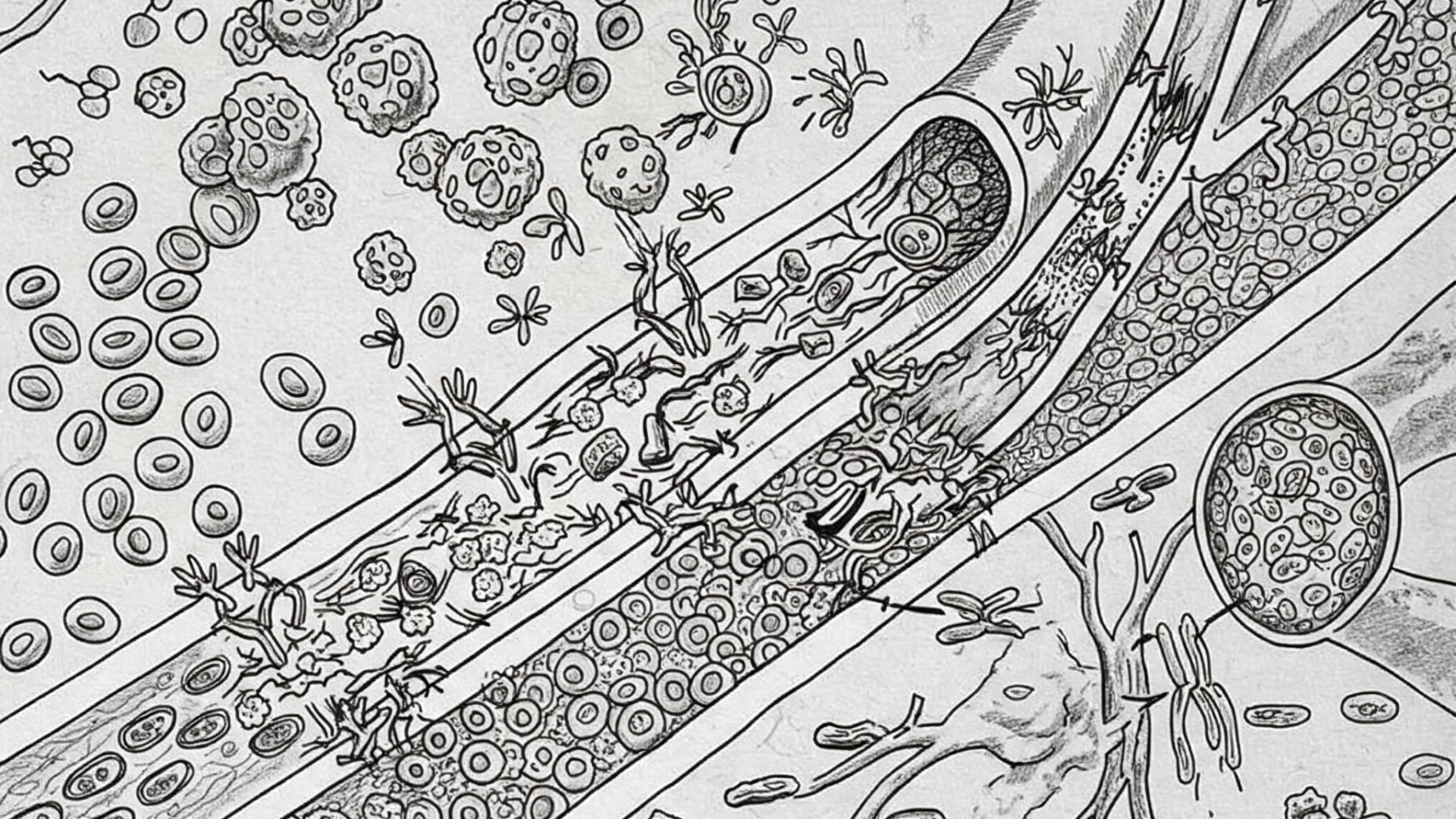 Written on 02/07/2025
Written on 02/07/2025What is ANCA-associated vasculitis, how does it damage blood vessels, and what are the key treatments for this autoimmune condition?
ANCA-associated vasculitis is a group of autoimmune diseases characterized by inflammation of small and medium-sized blood vessels. This inflammation, or vasculitis, can lead to significant damage, potentially causing tissue ischemia and aneurysms. The presence of anti-neutrophil cytoplasmic antibodies (ANCA) in the blood is a hallmark of these conditions. Read more
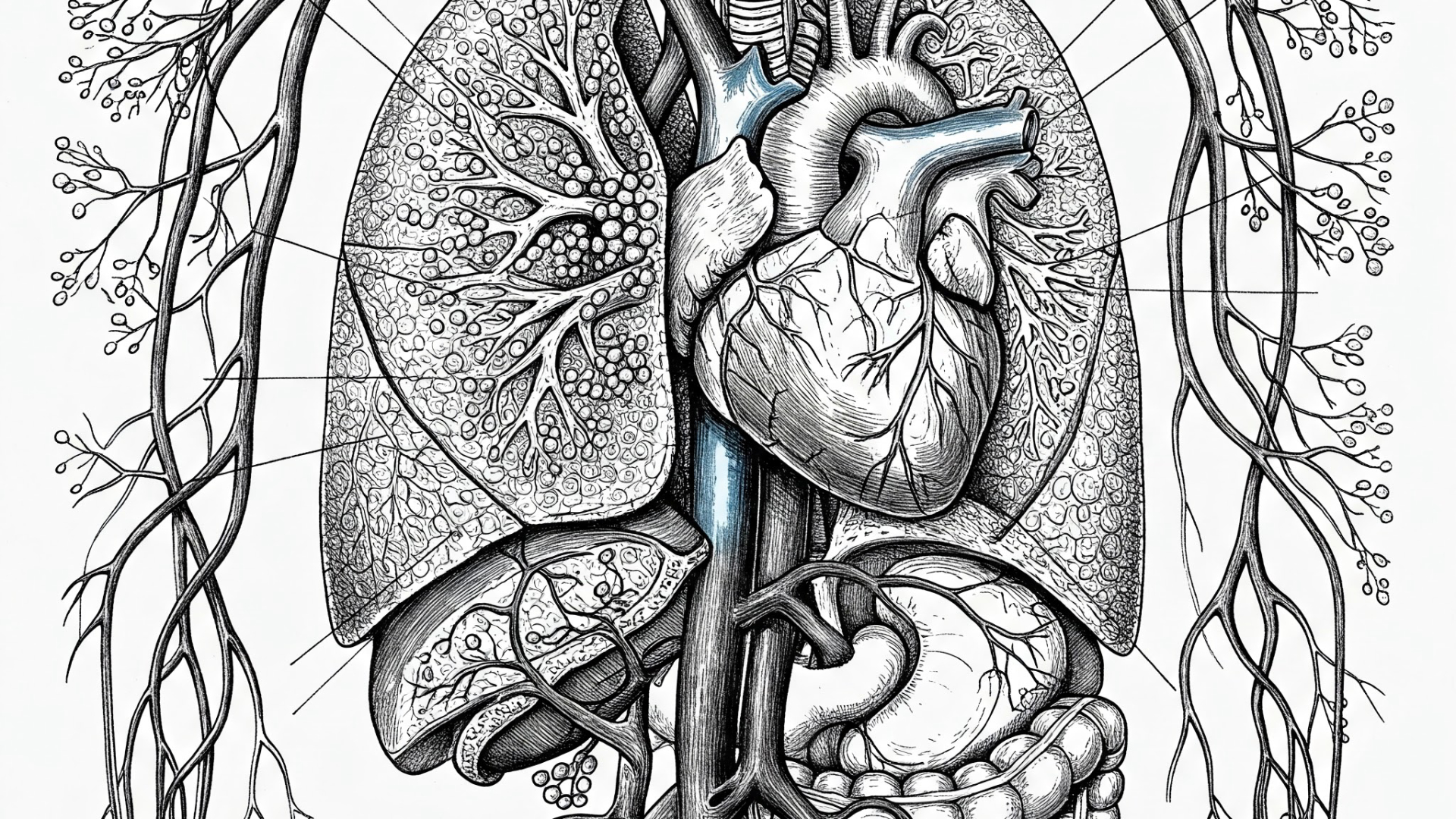 Written on 03/05/2025
Written on 03/05/2025How Do Ventilation and Perfusion Differ Across Lung Zones, and What Are the Implications of V/Q Mismatch in Respiratory Health and Disease?
Understanding how air and blood flow work together in your lungs is key to grasping respiratory health. This post dives into the concepts of ventilation (air in) and perfusion (blood flow) in the lungs, exploring how they vary and why these differences matter. Read more
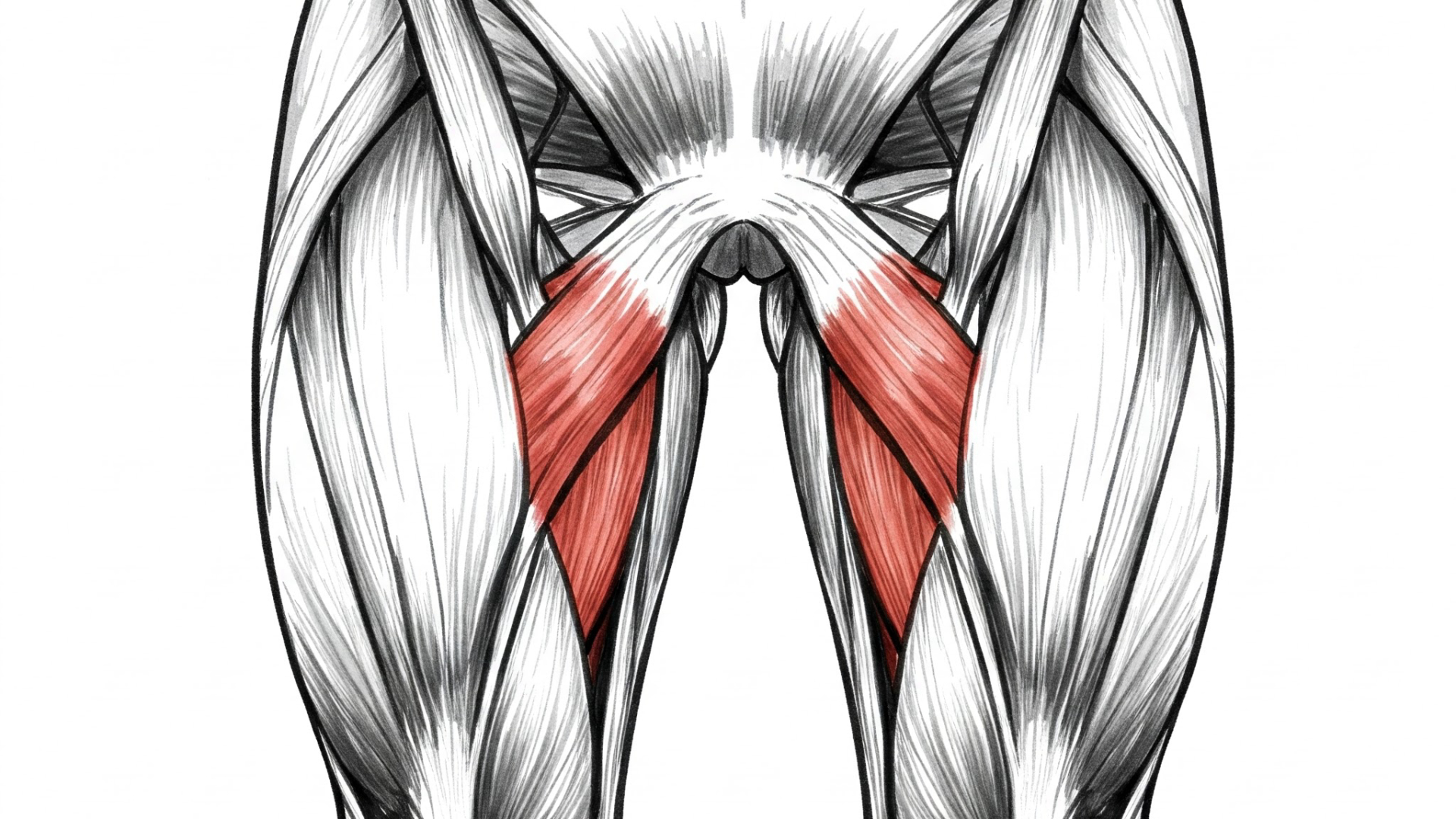 Written on 02/27/2025
Written on 02/27/2025How Do You Determine R vs S Configuration of a Chiral Carbon Based on Atomic Priority and Spatial Arrangement?
In organic chemistry, understanding the spatial arrangement of atoms in a molecule is crucial, especially when dealing with chiral molecules. Chiral carbons, those bonded to four different substituents, can have two non-superimposable mirror images called enantiomers. To distinguish between these enantiomers, we use the R/S system of absolute configuration. But how exactly do we determine if a chiral carbon is R or S? Read more
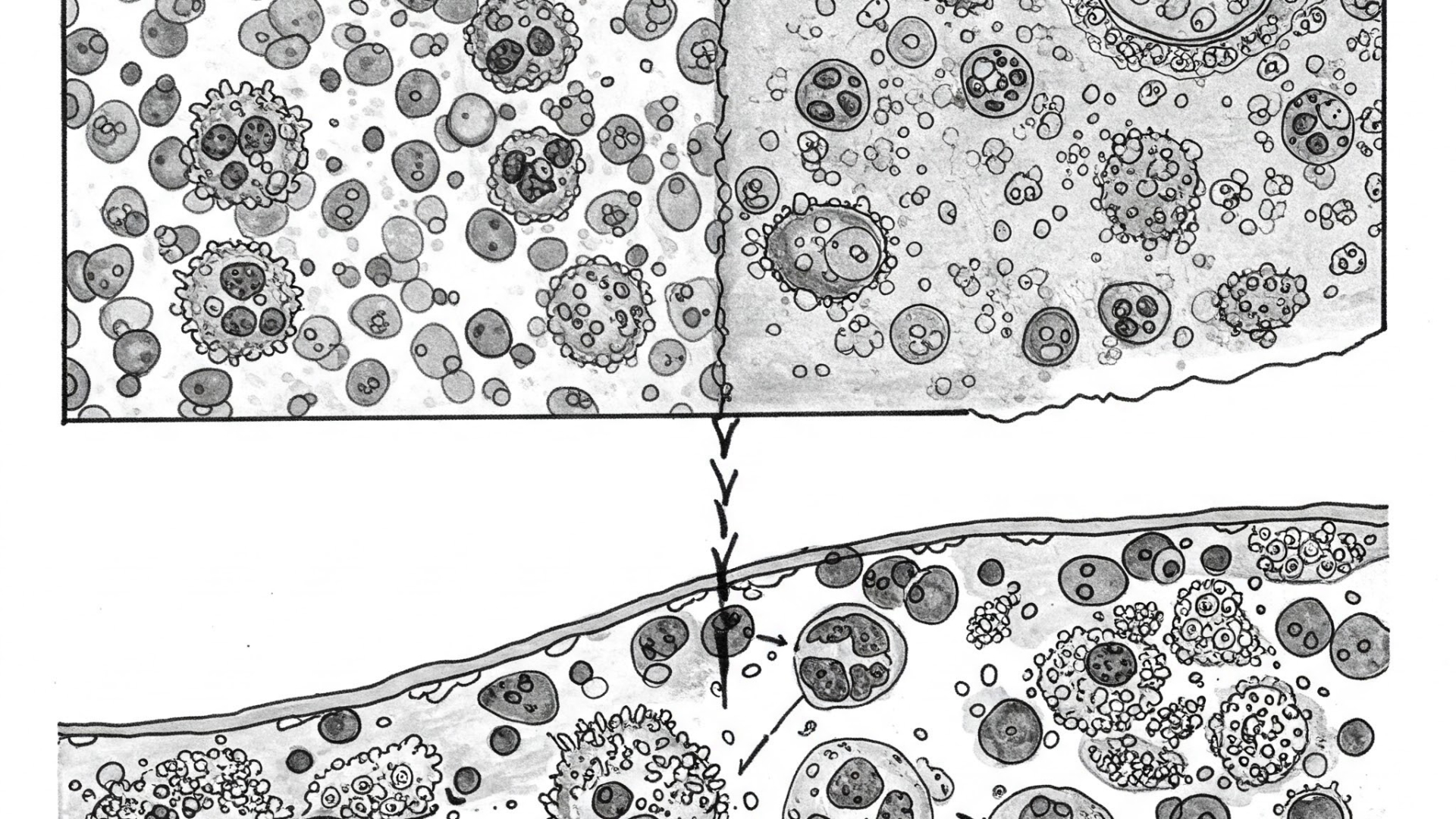 Written on 02/04/2025
Written on 02/04/2025Leukemoid Reaction vs. CML: How to Differentiate and When to Suspect Each Condition?
Understanding the difference between a leukemoid reaction and chronic myelogenous leukemia (CML) is crucial for accurate diagnosis and appropriate patient management. This blog post will delve into the key distinctions, causes, and diagnostic approaches for these two conditions. Read more
